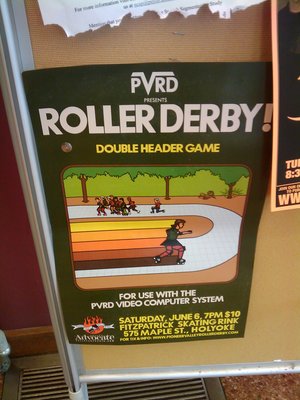Michael Gentry, author of the stunning, large-scale, Lovecraftian interactive fiction Anchorhead, has another full-scale IF, his first since that award-winning game came out in 1998.
Dave Cornelson, who founded the Speed IF competitions and the IFWiki, has led his interactive fiction company, Textfyre, to publish its first game.
The game that is so notable in both of these ways is Jack Toresal and The Secret Letter. It is available for either Windows or Mac for about $25. As with all of the planned offerings of Textfyre, this game is directed at a specific audience: young readers wanting to experience the pleasures of reading while playing computer games. The hope, no doubt, is that parents will appreciate the fun and literacy-enhancing qualities of interactive fiction.
You can check out the game online: There is an in-browser demo that runs using Microsoft Silverlight. (The game itself was developed in Inform 7, and was programmed by Graeme Jefferis, not Gentry.) The interface offers a book-like framework for the IF session and allows the player to flip ahead to a map or back to previous sections of the transcript. The illustrations were done by Erika Swanson. You can read more about the development of the game and the progress of the company on The Textfyre Times, Dave Cornelson’s blog.
The setting and the situation at the beginning of Jack Toresal is quite compelling, and after only a bit of interaction, I could see already that there are some interesting twists (including gender play), lots to explore, and a variety of people to meet and conversations to have. (I’ve played the game just a bit on my own; I was glad to also get to play and discuss the game with the Boston IF group yesterday.) Gentry’s writing is appropriate to the game’s audience, and is also effective and lively. Although this game probably lacks the tentacle attacks and generations of incest that made Anchorhead so chilling, it doesn’t pull punches for the kiddies – you can get Jack very unpleasantly killed if you don’t lead him to outwit his opponents.
Since Cascade Mountain Publishing ceased its run in 2000, I haven’t heard of a commercial IF company or publisher that has completed a project and released a game. Yes, there have been people selling their own IF in various forms – I’ve been one of them, with my hardback edition of Winchester’s Nightmare; Peter Nepstad has also sold his 1893: A World’s Fair Mystery. But Textfyre seems remarkable in accomplishing the commercial development and publication of a piece of interactive fiction that otherwise wouldn’t have been written, in putting together projects that involve many people. The company has wisely focused on a particular market, and on a particular type of reader/player that is not well-served by existing IF. Textfyre used a new development model in which programming is separated from writing and design, which themselves are potentially separated. (Gentry did both in this first title, but that won’t particularly be the case in others.) This first result, even though it is for younger readers, seems to be a good use of a major talent. Even to us older readers, it could be as interesting as a major release from an independent author. I’ll look forward to playing Jack Toresal and The Secret Letter further, and will hope that this release will just be an auspicious beginning for Textfyre.











